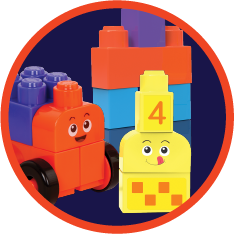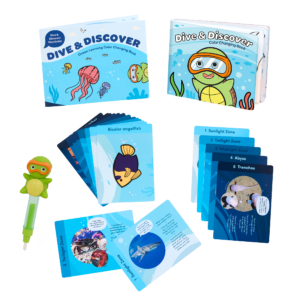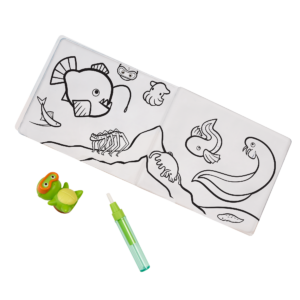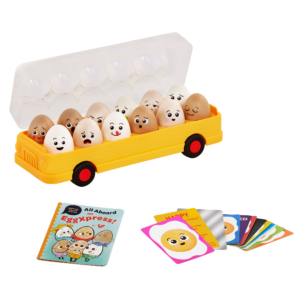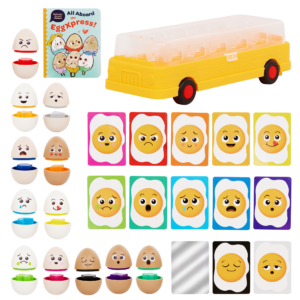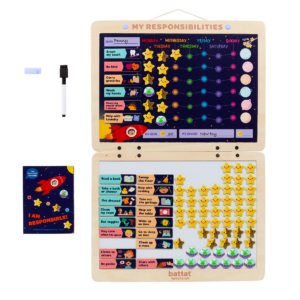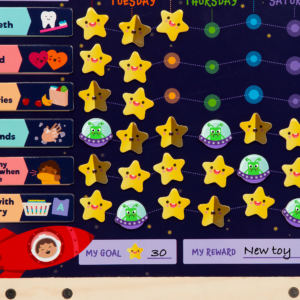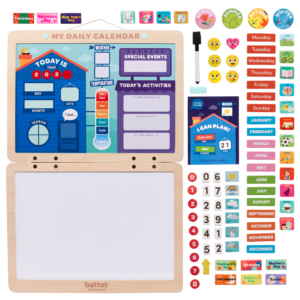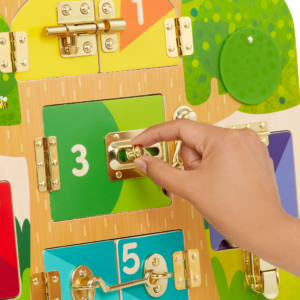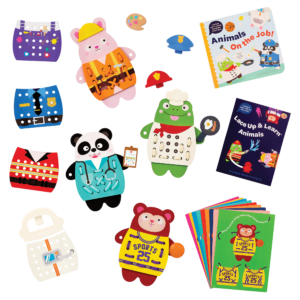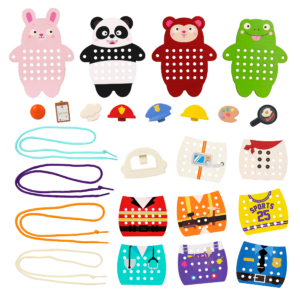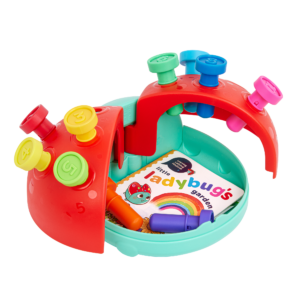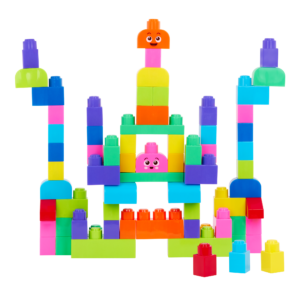Skills Guide
Painters, musicians, dancers—these are often the people that come to mind when thinking of creativity and imagination. BUT! Anyone can be creative and imaginative, and it’s important to nurture it in all kiddos. They’ll use this skill set in everyday life, for example, when coming up with solutions for interpersonal conflicts. By drawing on mental images based on our experiences, kids can create new, original ideas that benefit their personal and future professional lives [3]!
Foster your child’s creativity and imagination in 4 ways:
Our Collection of Imagination & Creativity Toys
ABC Railway
Alphabet Learning Train SetAlphabet Fishing
Magnetic Alphabet Fishing GameBright Explorer
Educational Light Box PlaysetDive & Discover
Ocean Learning Color Changing Book SetKnock-Knock Who’s Inside?
Lock & Latch BoardLace-Up & Learn Animals
Fine Motor Wooden Lacing ToyLearning Ladybug
Ladybug Counting ToyLocbloc Counting Blocks
Educational Building Block Set References:
[1] Farmer, T. A., & Matlin, M. W. (2019). Cognition. John Wiley & Sons.
[2] Bayne, T., Brainard, D., Byrne, R. W., Chittka, L., Clayton, N., Heyes, C., Mather, J., Ölveczky, B., Shadlen, M., Suddendorf, T. and Webb, B. (2019). What is cognition?. Current Biology, 29(13), R608-R615.



